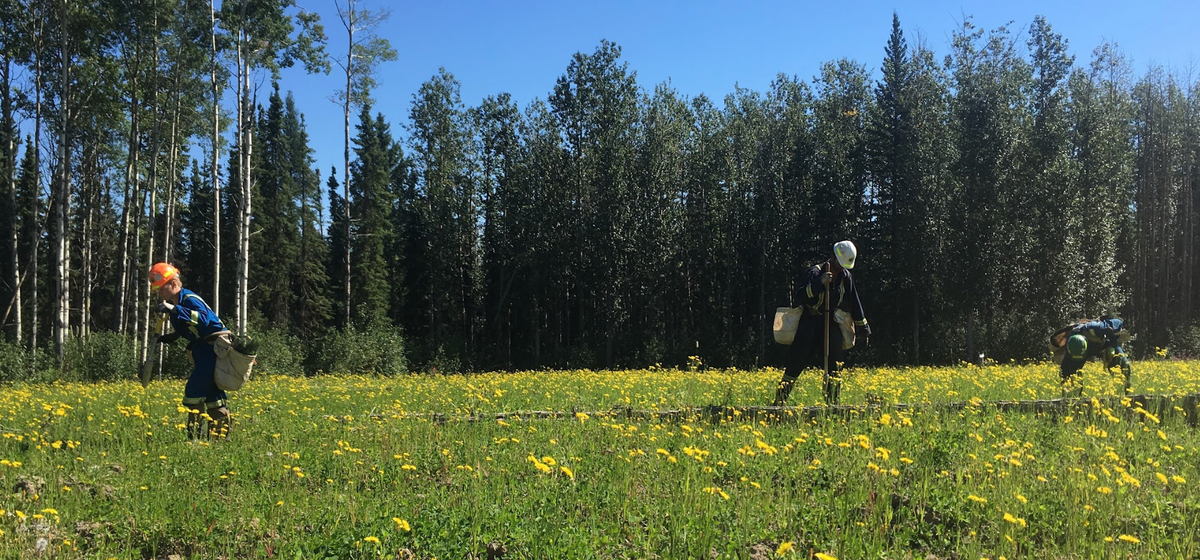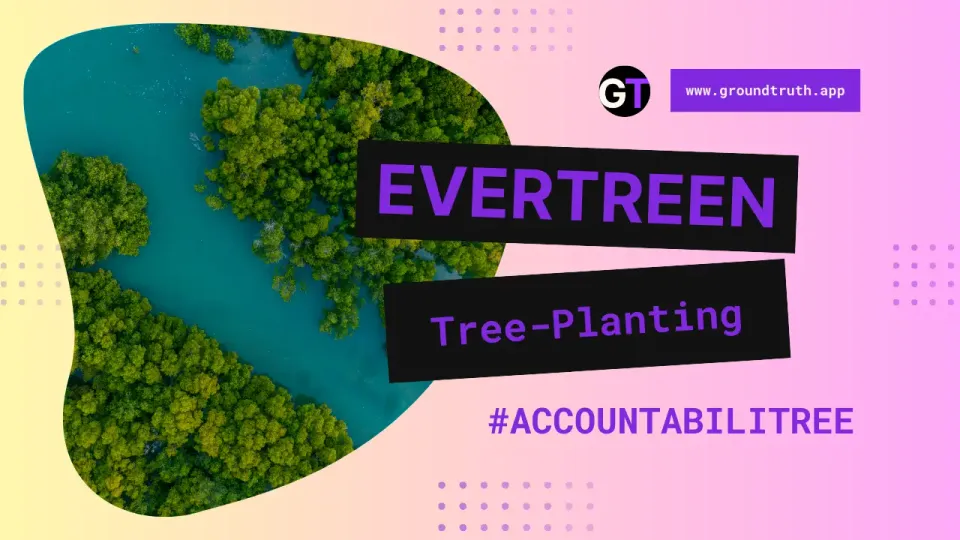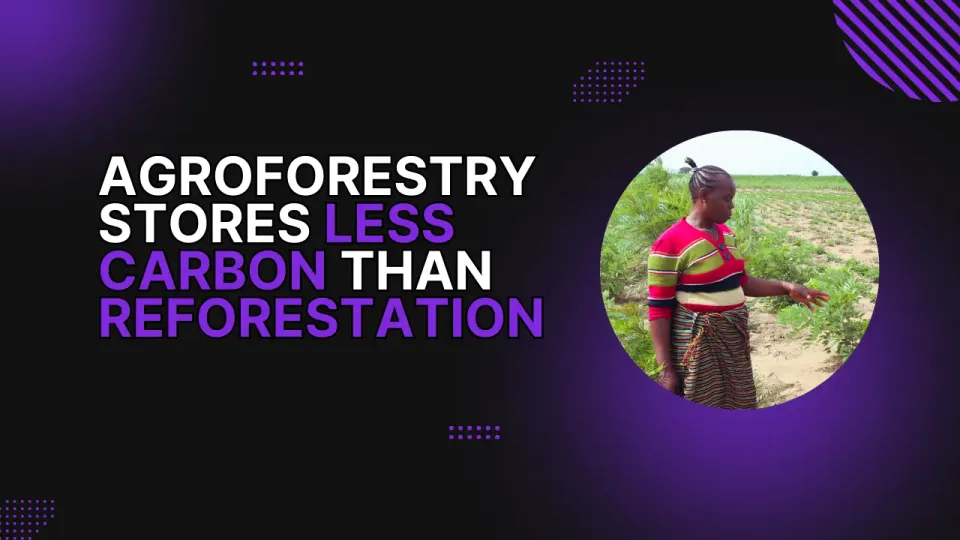Key Differences: Restoration vs. Plantations🌳🌲
If forests are a public good, then the public has a right to know how their money is spent and what their land is used for—whether the purposes are purely utilitarian, commercial, or both. 🌱

🌱 Introduction
At Ground Truth, we believe that planting trees is good, and the public has a right to know the truth behind these efforts. Deforestation is one of the largest contributors to climate change, drought, erosion, and biodiversity loss. In response to this ongoing crisis, the news is often filled with stories of large-scale tree-planting projects. But not all tree-planting projects are created equal.
Why it matters: It’s generally assumed that "tree planting" is aimed at habitat restoration or carbon sequestration—creating a mechanism for long-term carbon storage to combat climate change. A net win for the public, right? However, tree-planting projects are carried out by various actors with different goals. In forestry and environmental science, it's crucial to differentiate between environmental planting (restoration) and plantations, including tree farms and forestry planting. Both approaches have distinct purposes, methodologies, sponsors, and impacts. 🌍
🌲 Plantations/Timber Farms: The Commercial Side of Tree Planting
Plantations and timber farms are established primarily for commercial purposes. In a Canadian context, this approach is often referred to as “forestry planting.” The focus here is on producing high volumes of wood and timber products, with areas managed intensively to maximize yield.
Key characteristics:
- Monoculture focus: Timber plantations typically use fast-growing tree species like pines, spruce, eucalyptus, or acacias, planted in rows for easy harvesting.
- Management practices: These include regular thinning, pruning, and sometimes the use of fertilizers and pesticides to ensure quick, uniform growth.
Economic benefits vs. environmental downsides: While timber plantations can reduce pressure on natural forests, they often come with environmental costs. Monoculture plantations are known to reduce biodiversity, alter local water cycles, and degrade soil quality over time. Additionally, they might not provide the same carbon sequestration benefits as natural forests due to their shorter rotation periods and different management practices. 🌲
What are your thoughts on the trade-offs between economic gain and environmental impact in timber plantations?
🌿 Environmental Planting: Restoration for the Greater Good
This is tree planting as most of the public imagines it—aimed primarily at restoring and enhancing natural ecosystems. Environmental planting focuses on biodiversity, improving soil health, water regulation, and providing habitat for wildlife.
Key characteristics:
- Mixed-species plantings: Projects typically involve planting native species suited to the local environment, mimicking natural forest structures.
- Target areas: Degraded lands, urban areas, or regions needing ecological restoration.
Why it’s crucial: The main goal is ecological balance, not economic gain. This approach helps restore biodiversity, mitigate climate change, and enhance ecosystem services. For instance, wildfire restoration—replanting forests degraded by fires—has gained attention as forests burn at record-setting paces in Canada and other countries. 🌳
How do you think environmental planting projects could be better supported and monitored?
🌱 The Differences Highlighted: Environmental Planting vs. Plantations
Projects like Canada’s 2 Billion Trees (2BT) initiative highlight the crucial differences between environmental planting and plantations:
- Location matters: Projects funded by 2BT cannot be undertaken where there’s already an obligation to replant or where commercial tree planting would likely take place. The aim is to plant trees where they wouldn’t grow otherwise.
- Protection of ecosystems: Planting cannot displace existing ecosystems or disturb the natural habitat of other wildlife. 🌍
Challenges to consider: Environmental planting projects often face accountability issues, including insufficient monitoring, accusations of greenwashing, inadequate community involvement, and double counting of environmental benefits. Without public disclosure and oversight, these projects can even be destructive to local habitats.
🔍 Conclusion: Why Public Understanding Matters
The public's understanding of these different approaches to tree planting is essential for promoting policies and practices that ensure both environmental and economic sustainability.
Why it matters: If forests are a public good, then the public has a right to know how their money is spent and what their land is used for—whether the purposes are purely utilitarian, commercial, or both. 🌱
What steps do you think should be taken to ensure transparency and accountability in tree-planting projects?




